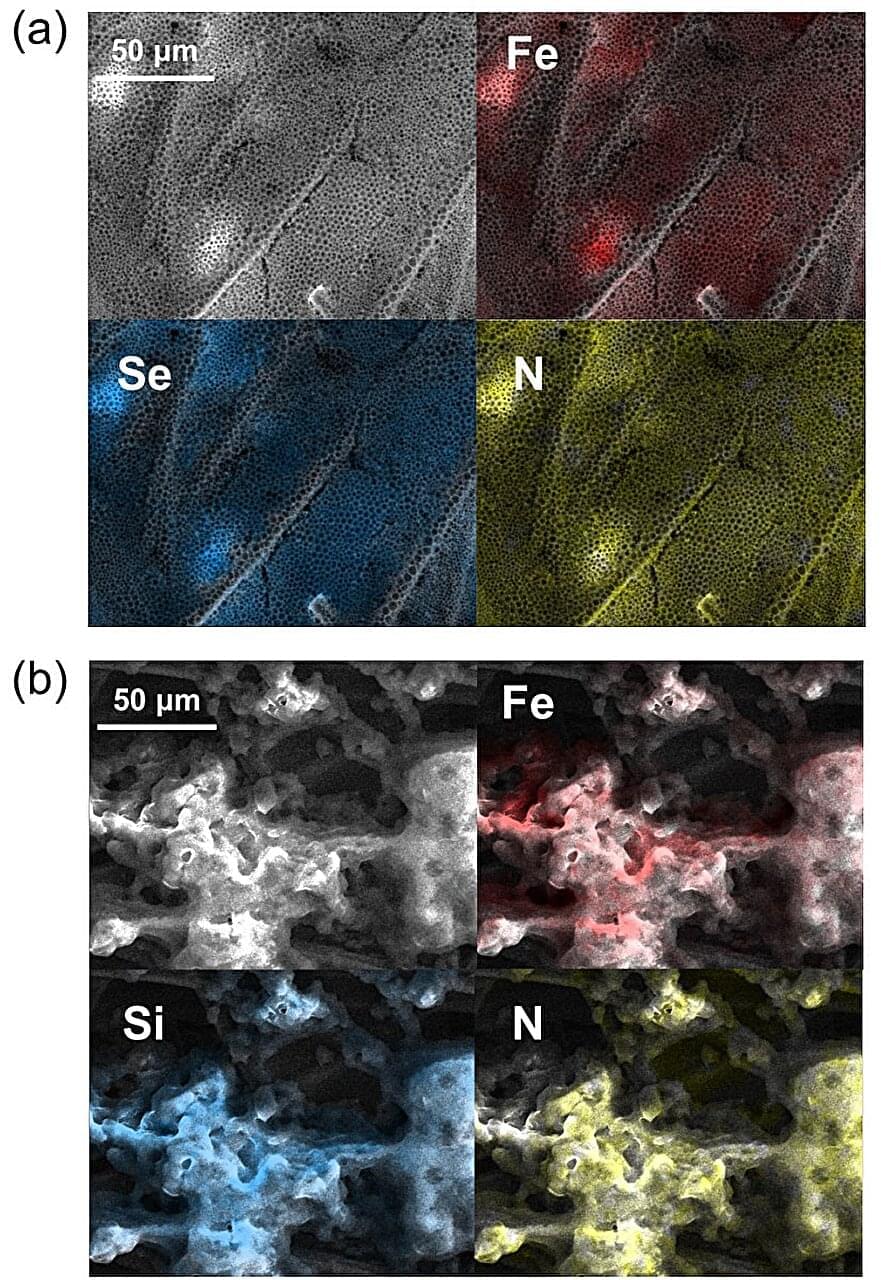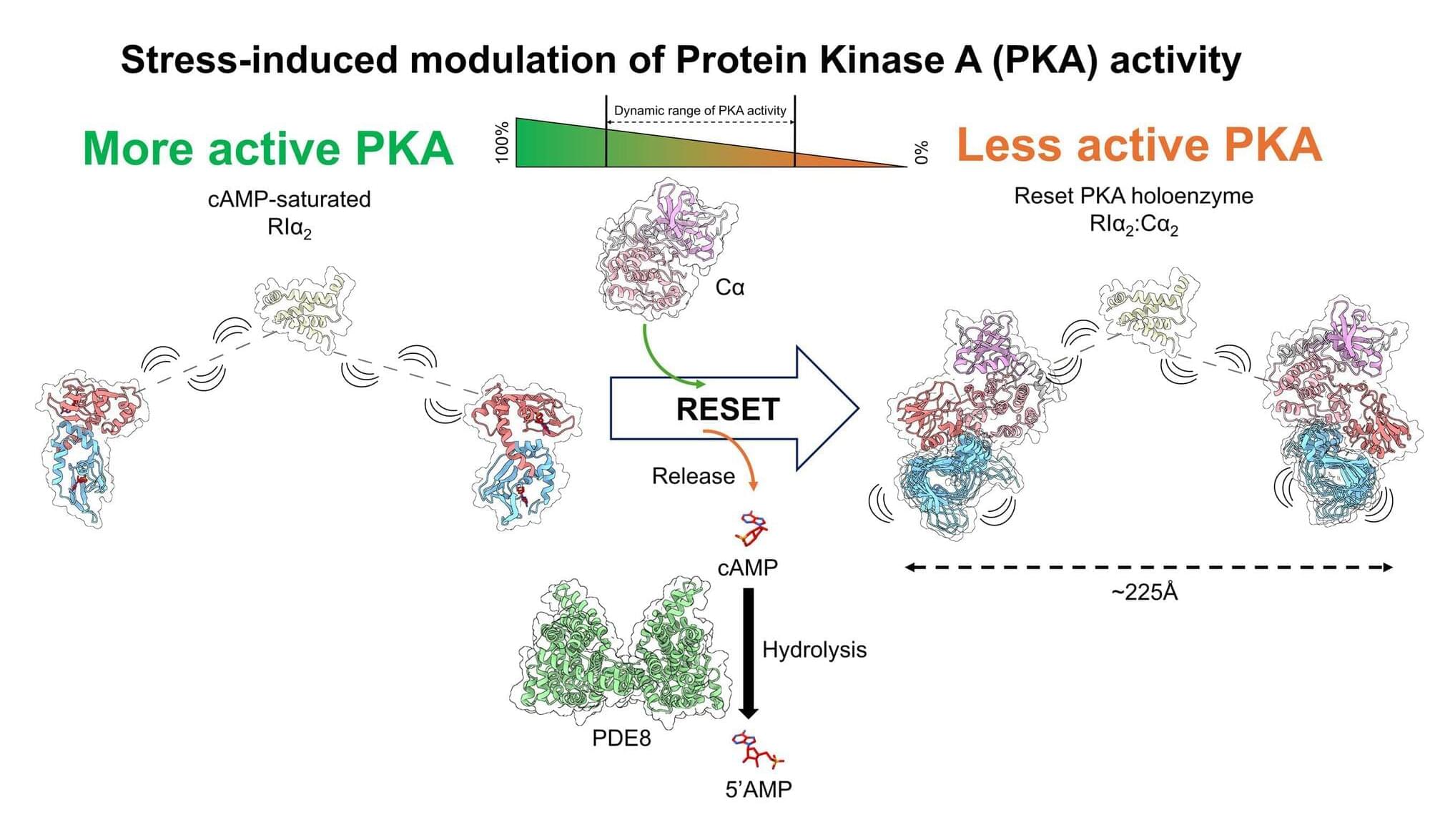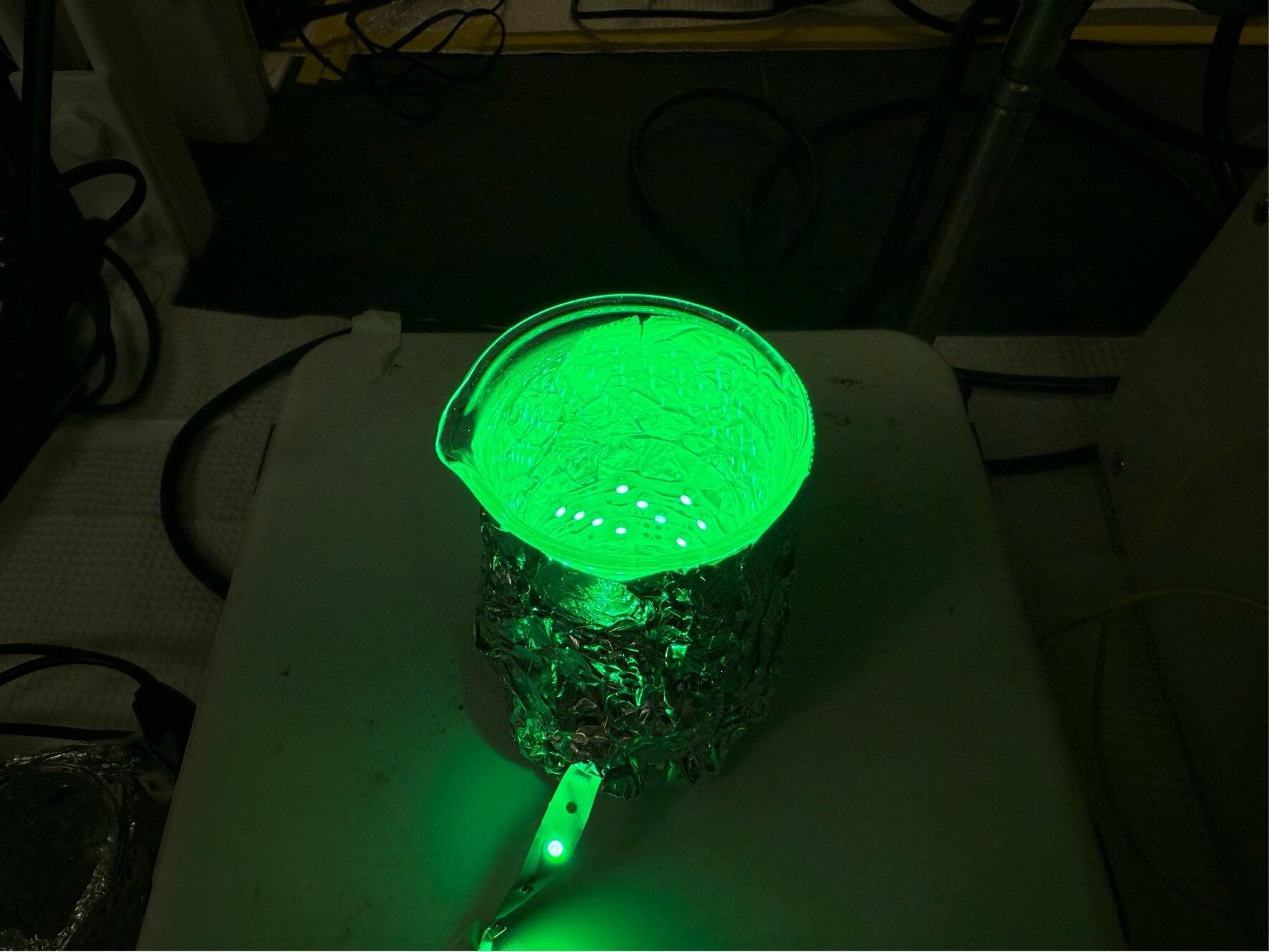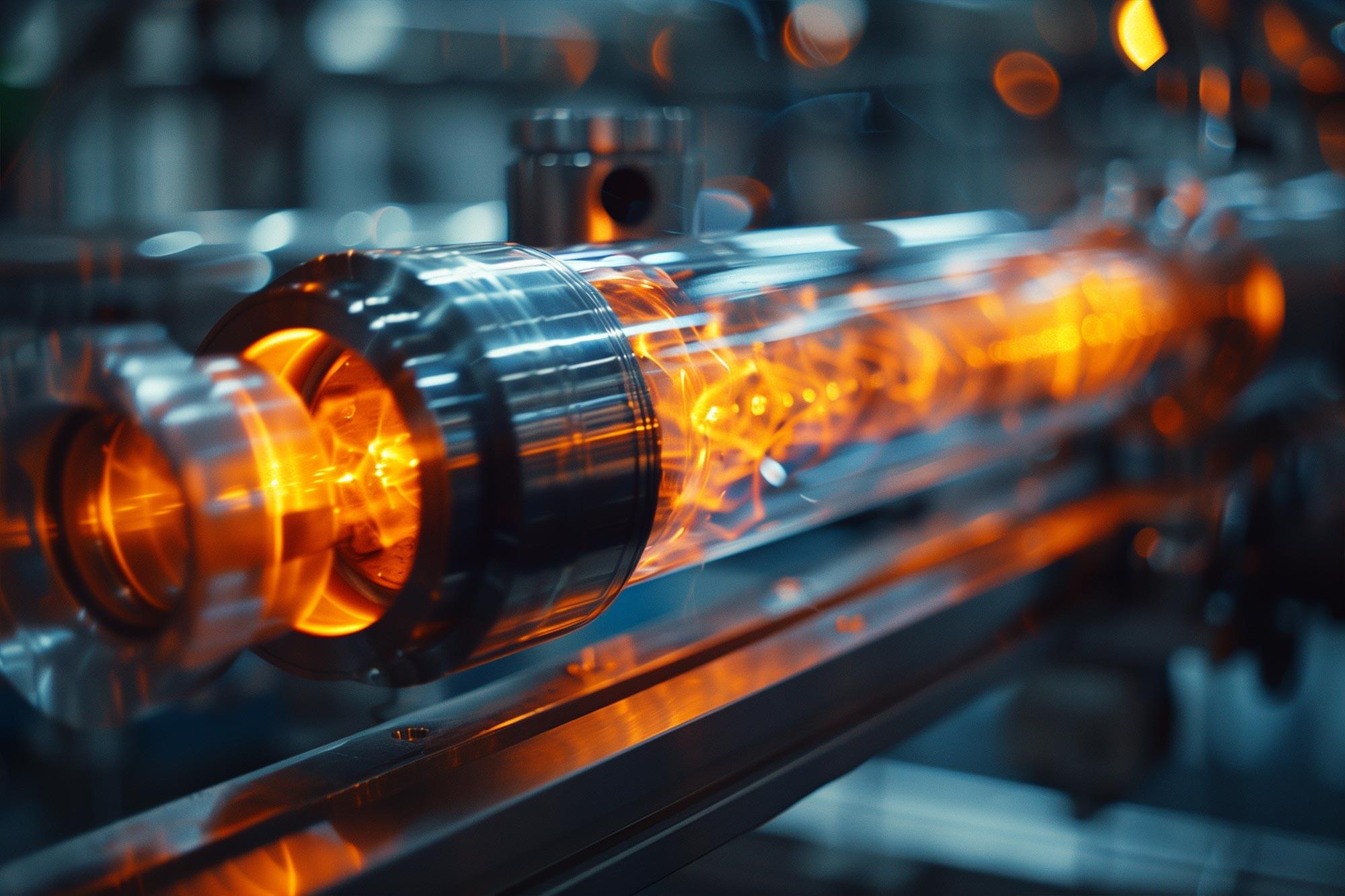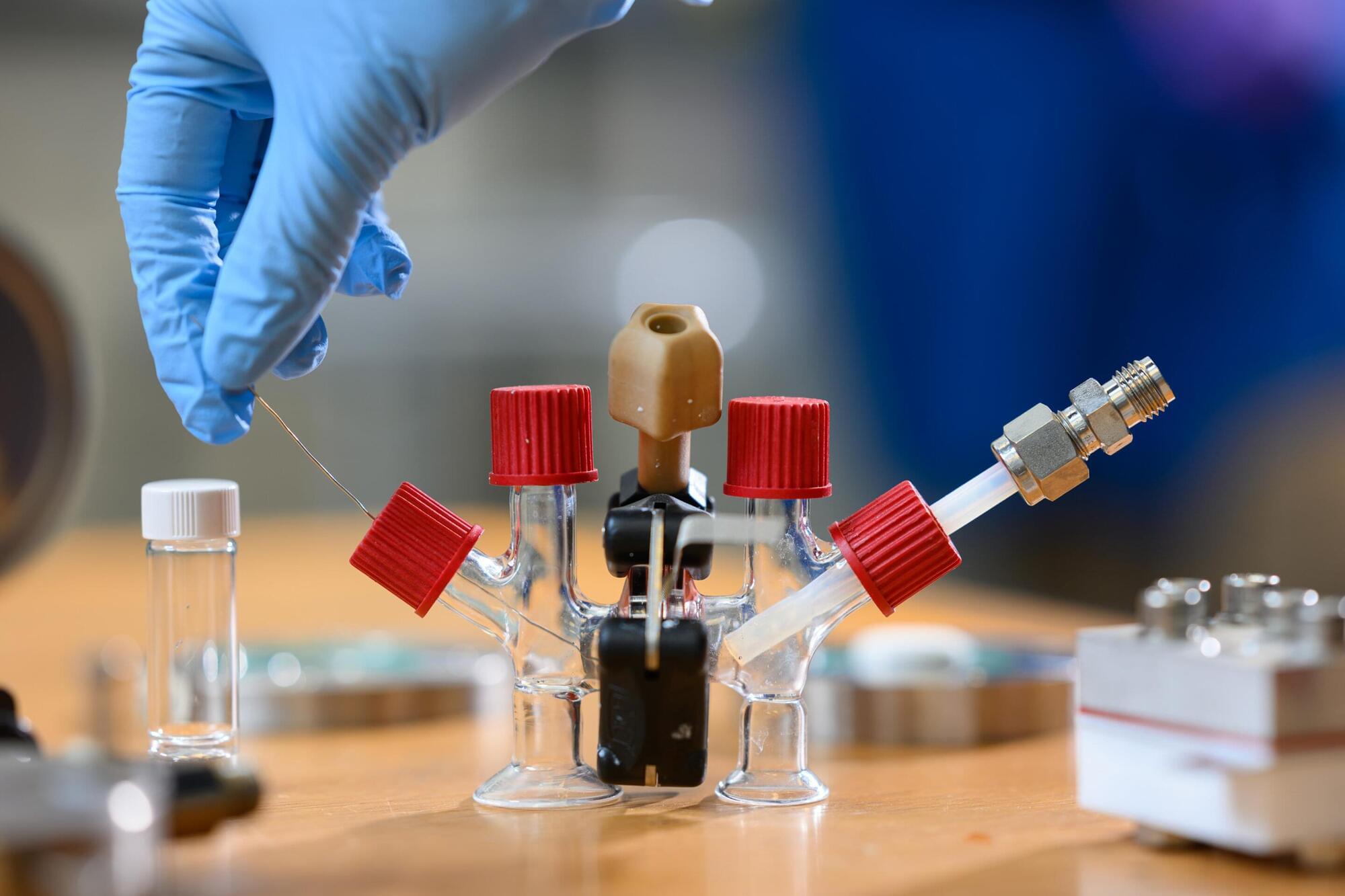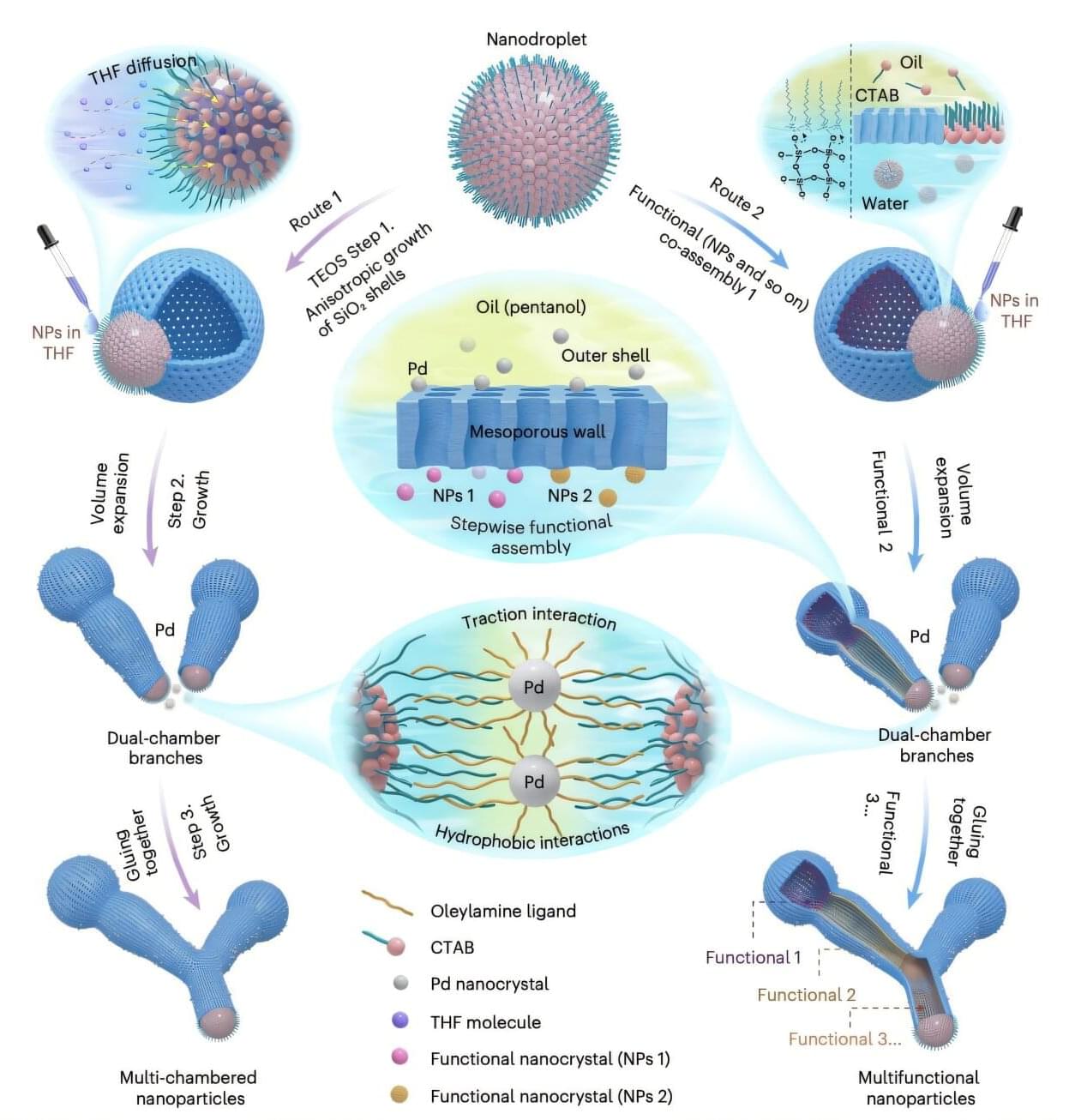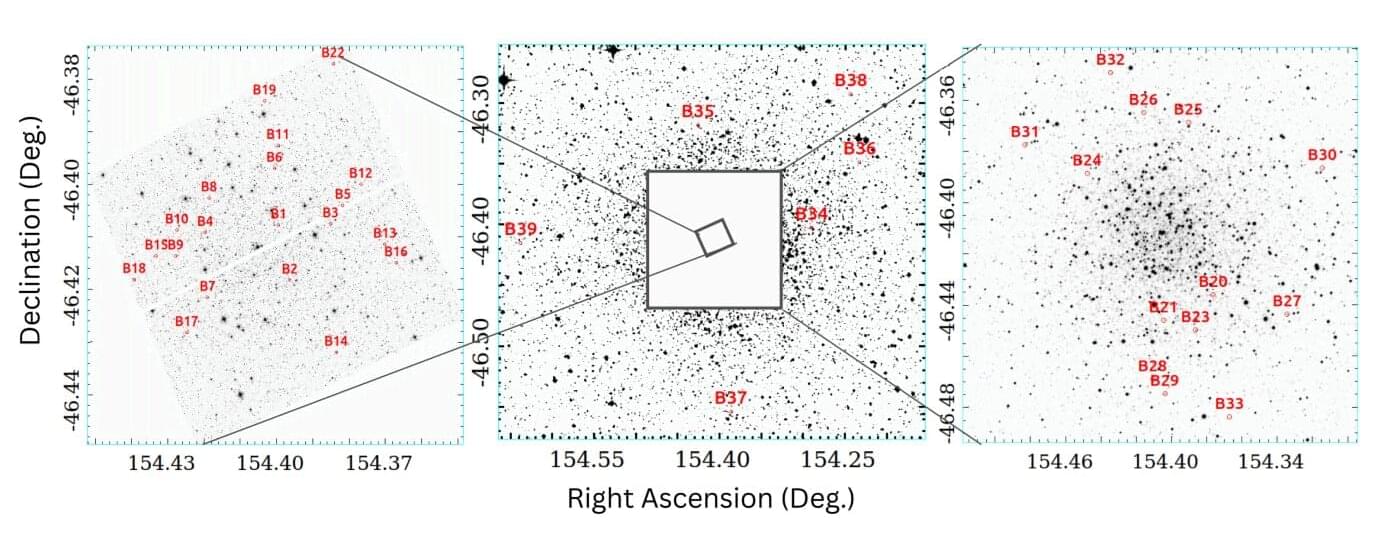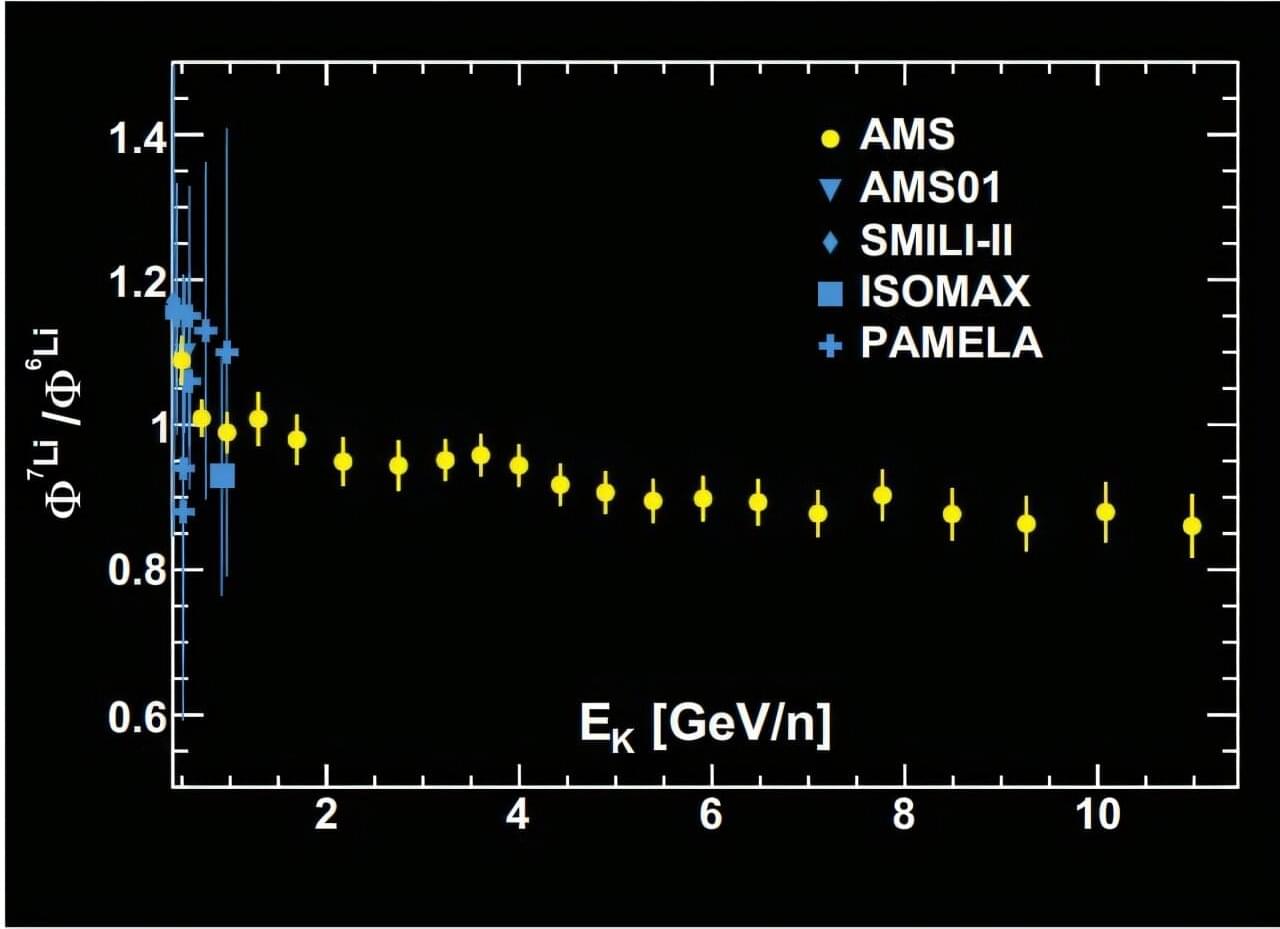Enantiomers, or molecule pairs that are mirror images of each other, make up more than half of FDA-approved drugs in use today, including those used in treatments for cancer, neurologic diseases and arthritis. Separating enantiomers is critical for drug manufacturing because the effect of each molecule in the pair can be very different—for example, one enantiomer might cure a headache while its mirror-image could cause a headache.
Faster and more accurate enantiomer separations would help with the overall drug discovery and screening process, but by their very nature, enantiomers—which have identical compositions and only differ by not being superimposable (think left hand and right hand)—are notoriously difficult to separate.
An effort by a group of researchers at the University of Illinois Urbana-Champaign to find an efficient, sustainable way to perform these critical enantiomer separations is the focus of a new study published in the Journal of the American Chemical Society.
